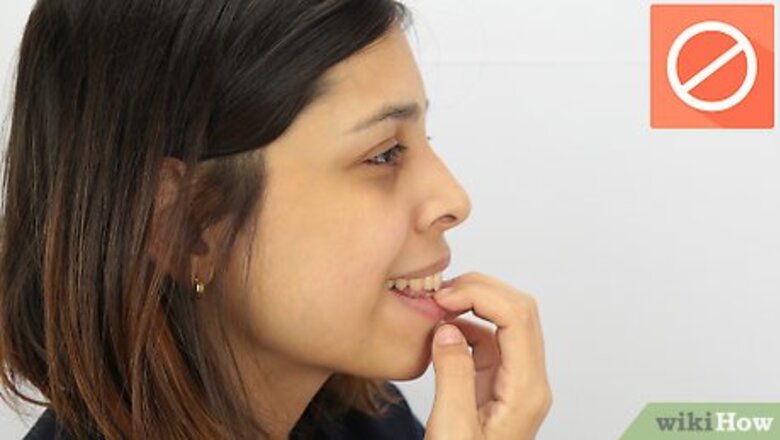
views
Preventing Dirty Nails

Avoid biting or chewing your fingernails. Not only will your nails look damaged, you’ll also push bacteria and saliva into your nail beds. This will gather dirt and debris underneath your nails and make them look dirty. Additionally, nail-biting can also lead to infections in your cuticles and the skin around your nails. If you’re tempted to bite your nails, cut them short so that you can’t reach them.
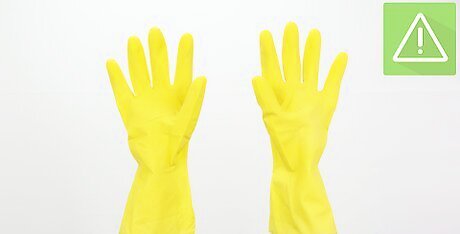
Wear gloves when getting dirty. Whether you’re digging, scrubbing, or doing dishes, you should wear gloves whenever you can. This will protect your nails from dirt and stop any harsh cleaning soaps from damaging your nails. Sturdy cleaning gloves can be found at most grocery stores. Alternatively, you can buy a box of latex or latex-free gloves for single use jobs.
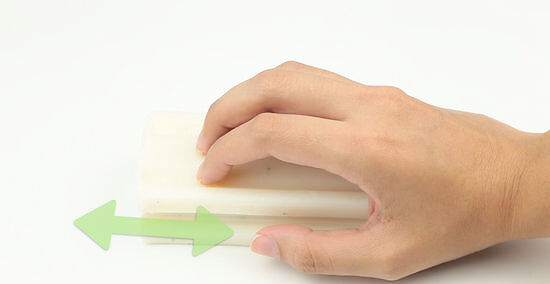
Scrape your nails against a bar of soap. Sometimes when you’re working with difficult-to-clean materials such as ink or potting soil you’re not able to wear gloves. In this case, protect the area underneath your nails by scraping your fingernails along a bar of soap. This will push detergent into your nail beds and block any dirt or debris. If the soap isn’t soft enough to scratch, hold it under running water for a few seconds.
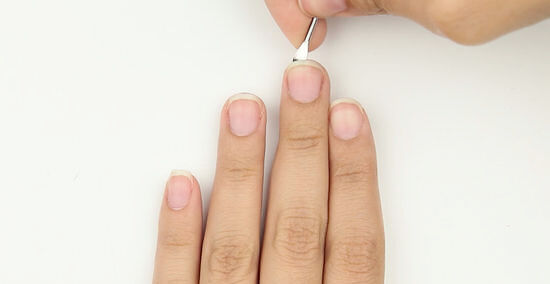
Remove the dirt from underneath your nails regularly. If you find that your nails get dirtier as the day goes on, remove the dirt whenever you notice it. You can use a toothpick, a pointed nail-cleaner stick, an orange stick, or the flat end of a cuticle-pusher tool. Make sure you wipe the debris on a tissue and throw it away. Otherwise, you may gross out your companions.
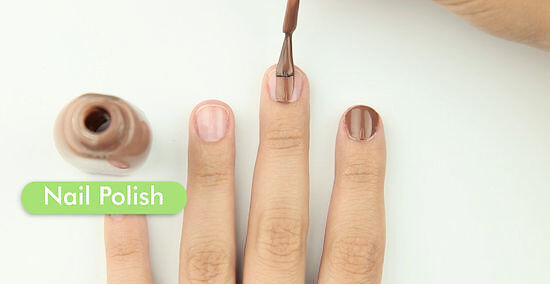
Paint your nails. This option may not be feasible depending on your job or fashion choices. However, if possible, spend some time every week painting your nails. Opaque nail polish will hide any dirt or discoloration underneath your nails. Maintain your nail polish. If it starts to flake or fade, wipe it off with nail polish remover and start over.
Cleaning Your Nails
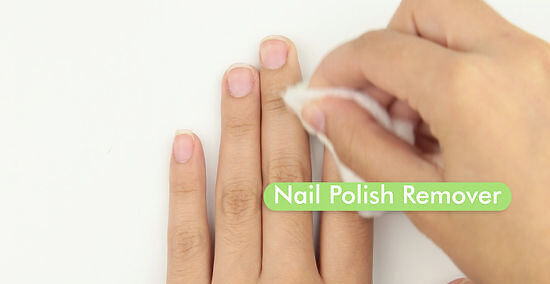
Remove any nail polish. Saturate a cotton ball or cotton pad with nail polish remover. Next, gently rub the wet cotton against your fingernail. The nail polish will slowly rub away as you work. However, don’t scrub too hard or you may damage your fingernail. Nail polish remover can be bought at most grocery stores, department stores, and beauty stores. Never soak your nails in nail polish remover. This will weaken your nail and dry out your skin.

Scrub away stains. If your nails are badly stained, create a cleaning paste to whiten your nails. First, mix 2 ½ tablespoons (1.25 oz) of baking soda, 1 teaspoon (.16 oz) of hydrogen peroxide, and a few drops of lemon juice to create a paste. Use an old toothbrush to scrub the paste into your nails for one to two minutes before rinsing. If your nails are severely stained, let the paste sit on your nails for an extra two to fifteen minutes before rinsing. This technique also works with whitening toothpaste.
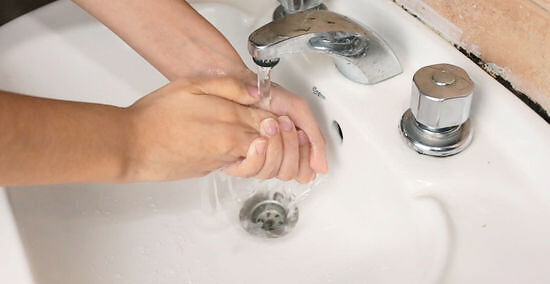
Wash your nails. Run your hands under warm water. Next, apply a small amount of hand soap to your palm. Create a lather by rubbing your palms together. Next, use a nail brush or sponge to scrub the suds into your fingernails. Clean the tops and bottoms of your nails. Use a hand soap for sensitive skin to help your nails stay moisturized.
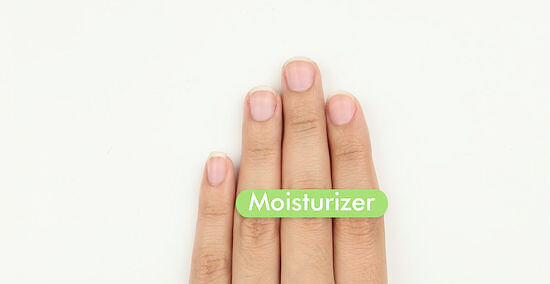
Apply moisturizer. After washing your nails, rub some moisturizer all over your hands and nails. Make sure to coat your cuticles and the backs of your hands. The moisturizer will help your nails look shiny and clean. Choose a hand moisturizer with sunscreen in it to prevent sun damage. Repeated sun exposure can cause wrinkles and spots.
Grooming Your Nails
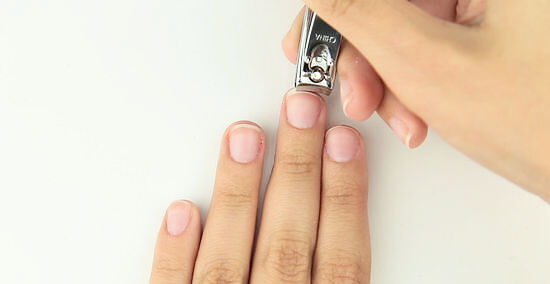
Trim your nails. Use sharp manicure scissors or nail clippers to cut your nails. First, trim your nails into a straight line. Next, cut the edges into gentle curves so that they aren’t sharp. Cut your nails as short or as long as you’d like. However, keep in mind that shorter nails are easier to keep clean. If you’re worried about infection, sanitize your clippers before using them by dipping them in rubbing alcohol.
File your nails to dull sharp edges. Choose a standard nail file, also called a 240 grit nail file. This grit is best for natural fingernails. Next, file your freshly cut nails by swiping the file in the direction of your nail growth. You can also file your nails by swiping the file back and forth. However, this can cause damage to weak nails. If you’re worried about damaging your nails, go with a softer nail file. If you’d like, you can use a nail buffer. However, this is not a good option for people with thin nails.
Apply a top coat or nail strengthener. Clear nail polish, also known as a top coat, will make your nails shine with cleanliness. Similarly, a nail strengthener will give your fingernails a glossy sheen while repairing nail damage. Brush a thin layer of a top coat or strengthener onto your nails and let it dry for ten minutes. Top coats and nail strengtheners don’t look like nail polish when applied. Therefore, this step is useful for everyone, regardless of nail polish preference.



















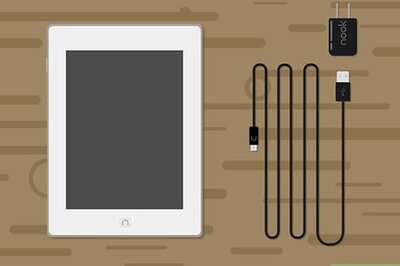
Comments
0 comment